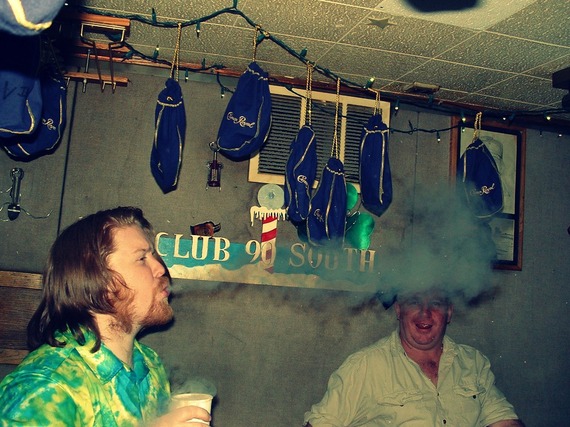On Getting Drunk in Antarctica
When you spend nine months isolated in nonstop, freezing darkness, you run out of the good beer fast.
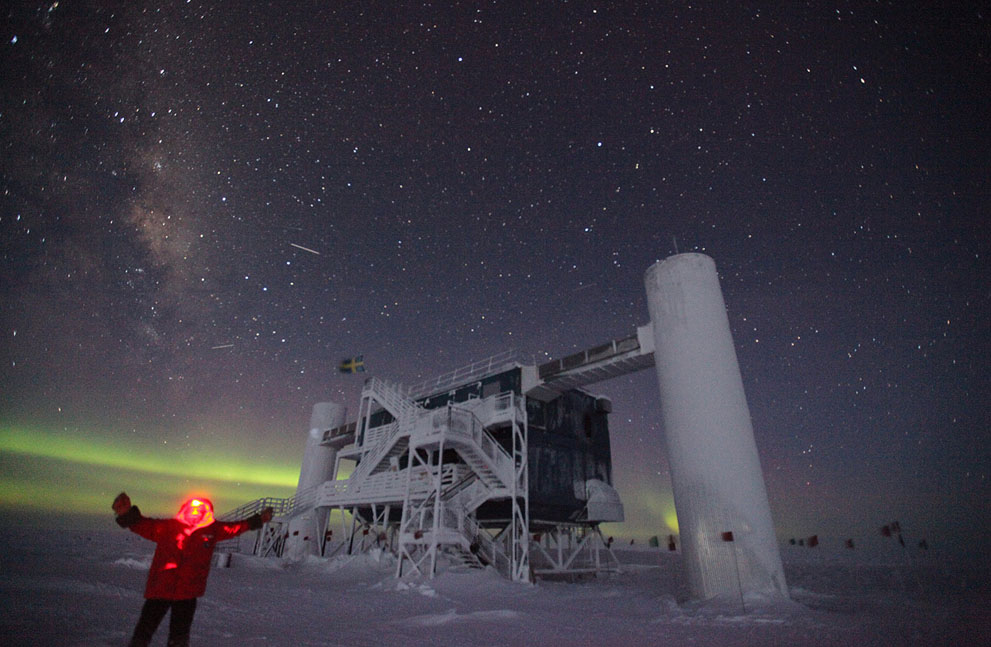
There comes a point every summer where the hot weather starts to feel less like an opportunity for outdoor fun and more like a full-body rash that won't go away. New Yorkers are flocking to an ice bar. Japanese workers ditch their suits for Hawaiian shirts. Here in D.C., the summer is so swamp-like that when you go outside -- even when it's not raining -- people tell you to stay dry.
So naturally, when I learned about Phil Broughton, a health physicist who once worked at the Amundsen Scott South Pole Station in Antarctica, I was drawn as much by the frigid setting as I was by his amazing story.
This time of year, when days in the northern hemisphere are long and sweltering, those near the South Pole reach lows of -100 degrees Fahrenheit or less, and the continent is in the throes of its yearly six months of darkness.
Each winter, the few dozen workers at the South Pole research station spend nine months in total isolation: No airplanes can fly in or out until the base "warms" up to 50 below zero -- otherwise the fuel might freeze and kill the engine.
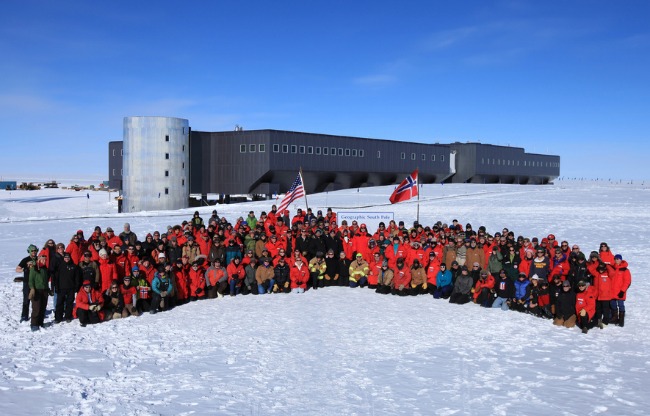
To hold the workers over, the company running the station stocks a store ahead of time with provisions, including plenty of alcohol. (After all, who wouldn't want a healthy gin reserve before embarking on months of endless night with your co-workers?) To round out the standard liquor and beer staples, some of the "winter-overs" bring special treats with them in their 125 pounds of allowable luggage.
"I brought Angostura bitters because I guessed (correctly) that the bottom of the globe would be missing the critical ingredient to make a proper Manhattan," Broughton said.
Broughton's downtime during his Antarctic days mostly consisted of watching DVDs left by previous tenants, talking online with family back home, and reading an assortment of books that had been abandoned by previous crews. There was also a pool table, some rusty musical instruments, and a gym "meant for all sports and thus good for none."
Occasionally, they entertained themselves with daredevil stunts, like running from a 200-degree sauna to touch the South Pole while wearing nothing but shoes. (He did this twice).
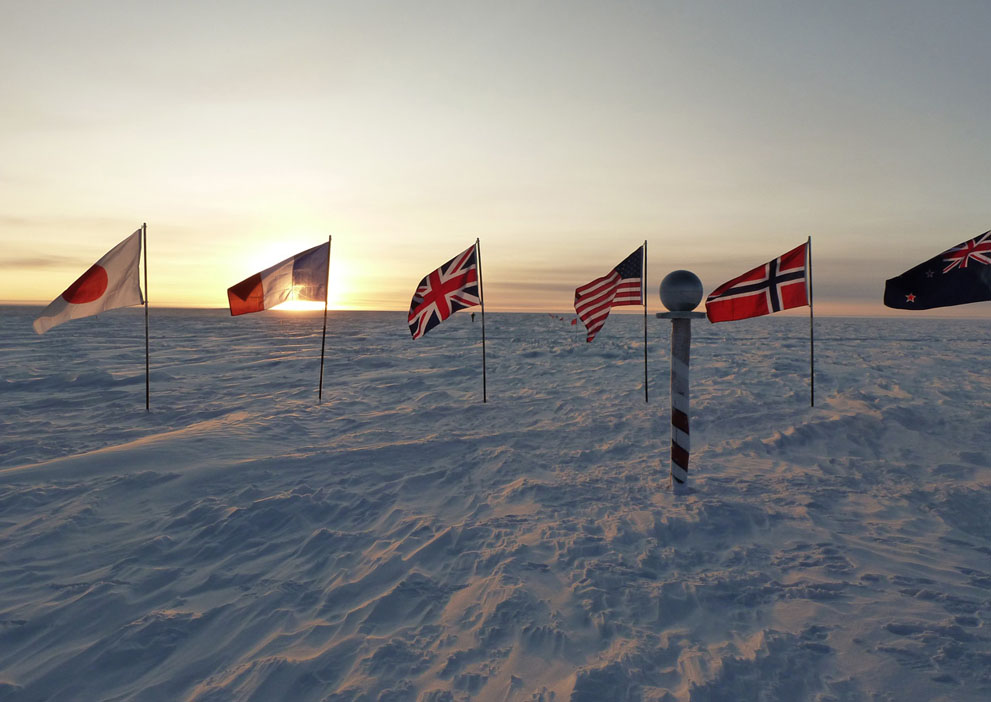
But there was a major downside to living in what is basically earth's version of outer space: the torpor of nonstop winter set in quickly, and so did depression and alcoholism for some of Broughton's compatriots. And as the resident volunteer bartender, he saw first hand the ugly side of living in the "big dead place."
***
If you want to escape your problems, Antarctica is the furthest you can go, as Broughton has noted. In 2000, he was working in Silicon Valley, and after a particularly bad day at work, he came home, sat down at his computer, and thought:
"What is the furthest I can get away from these assholes?"
He typed "Antarctica" into a job search engine, and by October 2002, he was at the bottom of the earth, working for a National Science Foundation contractor as a science cryogenics technician. ("It was my job to take care of the liquid nitrogen and liquid helium for experiments.") He was deployed for a year -- including one very long winter.
The continent is vast, high desert, and it's one of the driest places on earth. A one-mile walk across the glacial ice required suiting up in the local body-armor, complete with thermal underwear and a special parka. Broughton said that while he struggled with permanently chapped, cracked skin, he eventually acclimated to the cold. At first, negative 30 didn't feel so bad, he said, and on some days even negative 80 could be tolerated, albeit briefly, in a t-shirt.
Broughton is from Florida, and before he landed at the South Pole, he had seen snow a total of five times.
"I've now seen enough snow to last me a lifetime," he said.
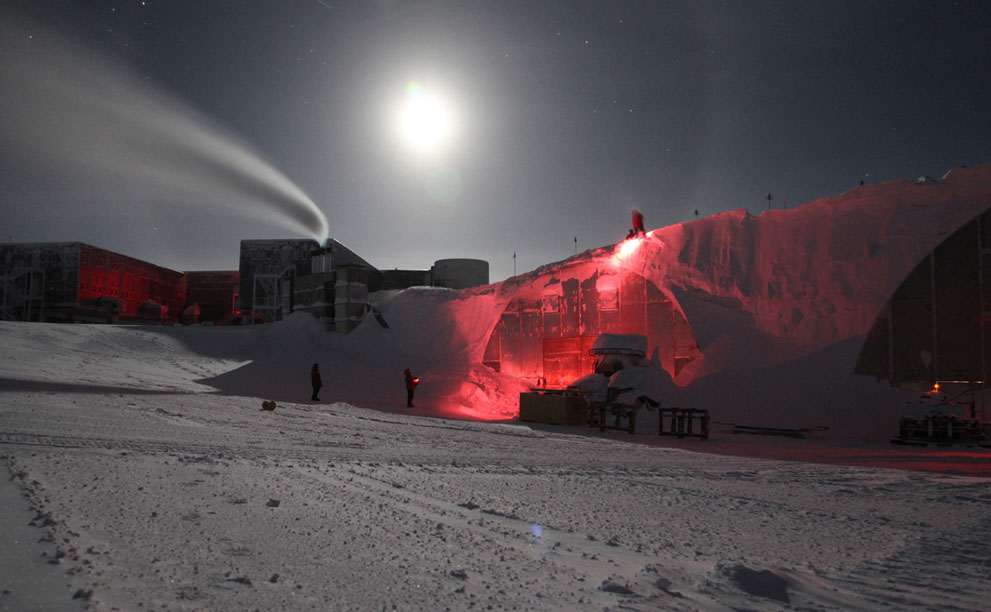
A bored, trapped, and cold population naturally gave rise to a bar. Club 90 South was a simple, wood-paneled joint with a hole in the wall opening up to the outside, where the bartenders would put the Jagermeister to keep it chilled. Massive pallets of beer, wine, and liquor were flown in with the winter crew, and they prayed it would last until them all nine months. The previous year's team, Broughton said, ran out of wine and beer early.
Someone someday will make a chart of the inverse relationship between "activities available" and "alcohol consumed." Another Antarctic winter-over and author, Nicholas Johnson, once offered the following list when asked what he wished he had brought with him:
Right now I wish that I had a beer brewing kit, another bottle of 16 year old Lagavulin, a greater selection of wine, a pocket-sized classical Greek dictionary, the electric guitar that didn't make it onto the last flight with mail, a blender, the copies of my thesis with reviewers' notes, some cave-aged emmenthaler and a pomegranate.
One day early in his time there, Broughton walked into Club 90 South, sat behind the bar at the only available seat, and became the default South Pole bartender.
The bar operated on an honor system: take some liquor, leave some liquor. The system didn't work perfectly, though -- they were out of all but their worst beer (New Zealand's Export Gold) two months before the end of the winter.
The workers became best friends; then they ran out of things to talk about.
"By the time a year has gone by, you pretty much know everyone's stories," he said. "There is no escape."
Co-workers stationed back home would phone often, but they would forget that the people on the other end of the line were trapped in a frozen wasteland.
"They're talking to you about the ice cream social and saying you need to submit your minutes for the departmental meetings," he said. "I would think, 'How did I end up with corporate culture at the bottom of the earth?'"
Eventually, workers who were predisposed to seasonal affective disorder were hit hard. The darkness and cold caused sleepiness and memory problems, and over time some of the winter-overs became disoriented and lethargic.
"You were supposed to write copious notes to yourself in a notebook," Broughton said. "Life gets rough when you can't remember things. My strangest thing was that I lost complete command of written grammar. And I pretty much don't remember the month of October."
There were occasional tee-totalers and plenty of moderate drinkers, but for some, alcohol became a refuge.
"You see things that leave you uncomfortable. There were a good dozen people who were drinking to kill the days -- that was hard to watch, and it was hard to serve. Though at some level, I'd rather have you drinking in front of me than drinking on your own."
Broughton said he tried to swap in sodas and other drinks for his inebriated colleagues, but non-alcoholic options didn't last long. Coke and Mountain Dew were gone a month into the winter, and their pallet of wine froze one day. There were six months where the only beverage options consisted of beer, hard alcohol, and powdered milk. (And of course, the purest glacial water this side of the Bellingshausen Sea.)
But for Broughton, serving someone in a bar until they passed out was sometimes a better option than letting them drunkenly wander outside by themselves. As he wrote recently about the experience:
The most dire danger in Antarctica is always failure to respect the absolutely lethal environment of Antarctica itself. I was far happier to serve until I could guide him over to a couch to pass out than to see him stagger out into the -85F night.
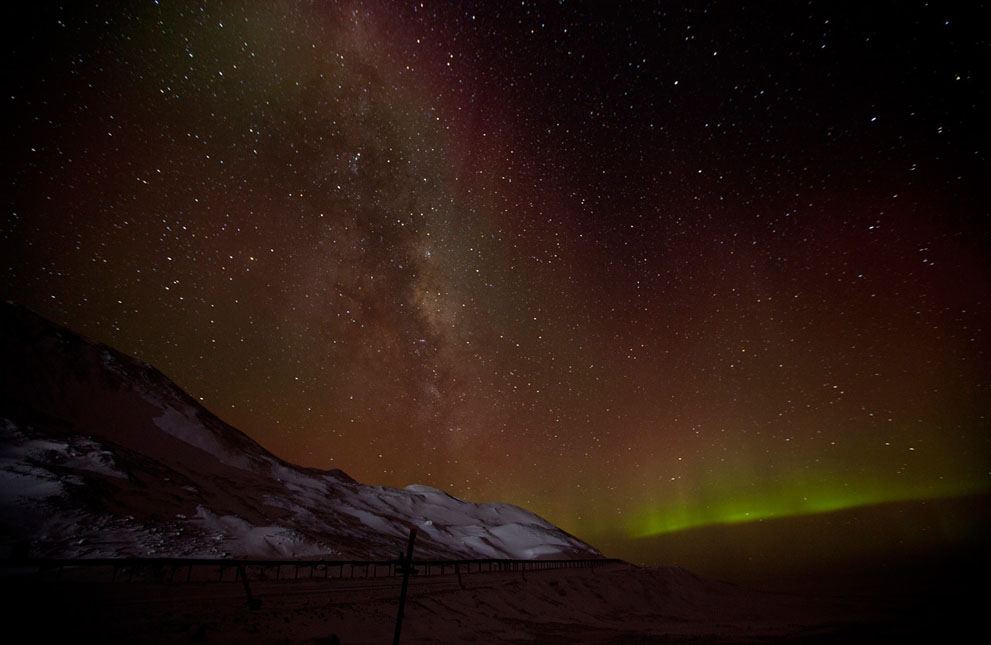
***
Broughton heard that the following year, the station management tried to get the winter-overs to cut back on drinking, but that did not, as one might expect, go over well.
They eventually did successfully cut smoking rates, though, by insisting people smoking near their dorms do so outside.
In spite of everything, Broughton told me that not a day goes by when he doesn't think about Antarctica, and he says that he would go back if he had the chance. And he would still pick the polar winter over the alternative: the continent's five-month summer of nonstop sunlight.
"The summer in Antarctica is a rat race to try to batten down the hatches and fix everything before the winter sets in," he said. "I would be much happier to play caretaker for the long night."
